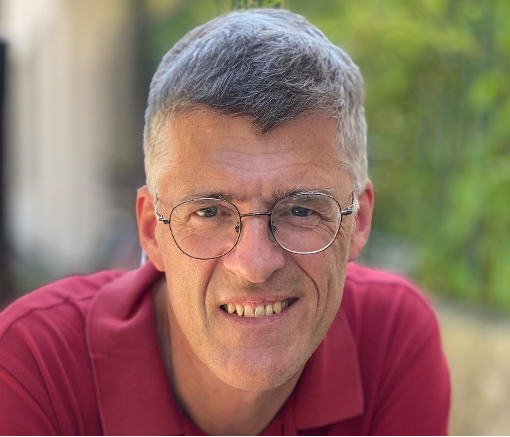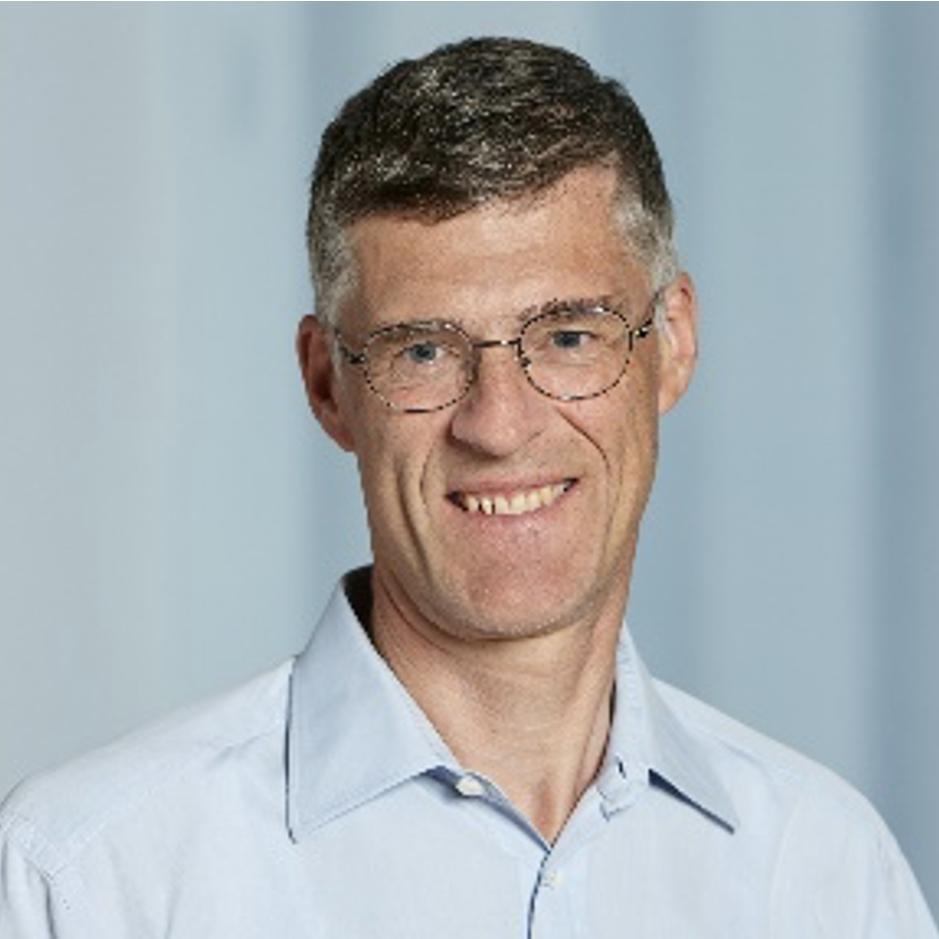Manfred Fiebig Receives the Stern Gerlach Medal
Manfred Fiebig and his group visualize ferroic states with the help of non-linear laser optics. Now the physicist and materials scientist is being honoured with the Stern-Gerlach Medal of the German Physical Society, their highest distinction in Experimental Physics.

Manfred Fiebig, Professor of Multifunctional Ferroic Materials in the Department of Materials Science at ETH Zurich, receives the external page Stern-Gerlach Medal of the German Physical Society (DPG). The external page Stern-Gerlach Medal is DPG's highest distinction in experimental physics.
Manfred Fiebig receives the medal for the development and application of nonlinear optics as a method for visualizing ferroic states. As the only method for accessing specific forms of order and their dynamics, his research led to fundamental advances in the understanding of ferroic states and materials.
Light and matter – perfect partners
For millennia, ferromagnetism was the only form of spontaneous, so-called ferroic order known to humankind. Today, however, a great variety of magnetic, electrical and elastic types of ferroic states are discussed. They all have one property in common: ferroic order breaks the symmetry of the host material. Nonlinear, that is, frequency-changing coherent optical processes are very sensitive to this symmetry change. Even the simplest nonlinear optical process, doubling the frequency of the light, therefore couples to the ferroic order of materials.
This allows to access important properties of systems with ferroic order that are in general inaccessible for techniques other than nonlinear optics. In addition, very fast processes in the dynamics of the ferroic state can be studied with nonlinear optics, such as how fast this state can be switched.
In particular, the coexistence of different types of ferroic order in the so-called multiferroic materials can be mapped by nonlinear optics in a single experiment. Nonlinear optics thus became an invaluable tool for solving the magnetoelectric coupling of domains in multiferroics as materials that combine magnetic and ferroelectric order. In the case of multiferroics, these laser-optical studies contribute to the development of materials in which the magnetic state is controlled without the use of energy- and heat-intensive electric currents. Considering that data centers around the world are consuming more and more electricity, this could be a great advantage.

“I am grateful to my mentors for their selfless support. I thank my team for the great collaboration. Light and symmetry have always fascinated me, and it is a pleasure to share this fascination with like-minded people on a daily basis. The Stern-Gerlach Medal distinguishes them as much as myself.”Manfred Fiebig
Something about Manfred Fiebig
Fiebig graduated in physics from the University of Dortmund in 1992 and received his doctorate from the same university in 1996. From 1997 to 1999 he was a JST Research Fellow at the University of Tokyo in the Department of Applied Physics. In 1999 he returned to the University of Dortmund, where he led a junior research group until 2001. In 2001 he was awarded his habilitation at this university. From 2002 to 2006, Professor Fiebig worked as a Heisenberg Fellow of the German Research Foundation (DFG) at the Max Born Institute for Nonlinear Optics and Ultrafast Spectroscopy in Berlin.
In 2006, he was appointed Professor of Experimental Solid State Physics at the University of Bonn, a position he held until 2011. Since 2011, Manfred Fiebig has been Professor of Multifunctional Ferroic Materials at the Department of Materials Science at ETH Zurich, where he now leads a group of around 20 people from currently about 15 different countries. Since 2021, he has been a corresponding member of the Academy of Sciences and Literature, Mainz and a member of the Research Council at the Swiss National Science Foundation.